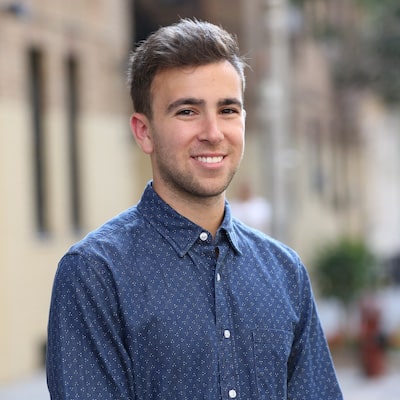Key Takeaways
In the world of insurance, protecting assets and investments is paramount. Loss Payee and Lenders Loss Payable are two critical terms that come into play when third-party interests are involved. In this article, we will explore these concepts and how they relate to insurable risks.
In the world of insurance, a loss payee is simply someone designated to receive some or all of the payout from a claim, even though they aren’t the policyholder. This typically happens when the loss payee has a financial stake in the insured property.
Regarding commercial insurance, they’re typically a party listed on the policy who gets paid first in case of a covered property loss, even though they aren’t the business owner. This happens because they have a financial interest in the insured property.
Often, companies lending you equipment or a landlord leasing you an office (aka third parties) will require this coverage, so that they would be indemnified for their property in the event of a loss.
For instance, your business buys new printing equipment with a loan. The lender might require you to name them as a loss payee on your commercial property insurance. If a fire damages the equipment, the insurance payout would go to the lender first, covering the remaining loan amount. This ensures the lender gets their money back before any leftover funds go to your business.
What is a Lender’s Loss Payable?
Akin to a loss payee for physical assets, a Lender’s Loss Payable endorsement functions similarly for intangible property.
Imagine your business secures a loan for a crucial software license. This endorsement, added to your property insurance policy, protects the lender’s financial interest. If a covered event, like a fire or natural disaster, damages your business and renders the software unusable, the insurance payout would prioritize the lender. They’d receive compensation up to the remaining loan amount, ensuring they recover their investment.
This endorsement goes beyond standard loss payee benefits. Even if your actions violate the insurance policy, jeopardizing your own payout, the lender would still be eligible for compensation, safeguarding their stake in your business.
De-Risk the Fundraising Journey
Loss Payee vs. Lender’s Loss Payable
While “Loss Payee” and “Lender’s Loss Payable” may sound similar, there is an important difference between them in terms of the insurance protection given to the lender in the event of a loss. If the lender is named as a loss payee when a covered loss takes place and the insured is entitled to payment, the payment would be made to the lender for the amount they would have been owed by the insured.
If the insurance company is not required to make payment to the insured due to wrongful acts or non-compliance, then the lender would not receive payment either. If the lender is named as a lender’s loss payable and a covered loss occurs, the lender would have the right to the loss payment, even if non-compliance or wrongful acts come into play.
The lender’s loss payable status will also provide the lender with notices from the insurance company in the event of cancellation or non-renewal by the carrier.
Where to Watch for Loss Payee & Loss Payable
It is common for a bank to need to be added as a Lender’s Loss Payable in case a loan is defaulted on or cancelled due to the insured’s negligence. For example, Silicon Valley Bank requires two forms of proof of insurance – General Liability and Property coverage. The following is the breakdown of the requirements for each:
- General Liability
- Acord 25 certificate of insurance is used to show proof of General Liability coverage
- The bank requests to be listed as an additional insured on the GL policy
- Property
- Acord 28 certificate of insurance is used to show proof of Property coverage
- The bank requests to be listed as a Lender’s Loss Payable on the Property policy
Most standard lease agreements also commonly mandate landlords to be included as loss payees, particularly in the realm of commercial insurance endorsements. For instance, when a landlord oversees a tenant in a commercial building, they typically stipulate that the tenant must designate them as a loss payee on their insurance policies. This arrangement ensures that in the event of an accident or loss occurring on the tenant’s premises, the landlord stands to benefit from the tenant’s insurance coverage.
Another instance where we see loss payees is in commercial crime policies. A commercial crime policy is basically a type of property policy, specifically for money. A commercial crime policy typically has a “loss payee clause” which allows for a loss to be paid to third parties where contractually required and where a third party has insurable interest.
How to Add Loss Payee or Loss Payable Endorsements
For Founder Shield clients, in order to request a loss payee or lender’s loss payable endorsement, all you have to do is reach out to your account management representative and request via email. You would have to include your full name, and the address of the entity requesting to be listed – sometimes the carrier will request this for the contract/lease, so good to include this as well in the request!









